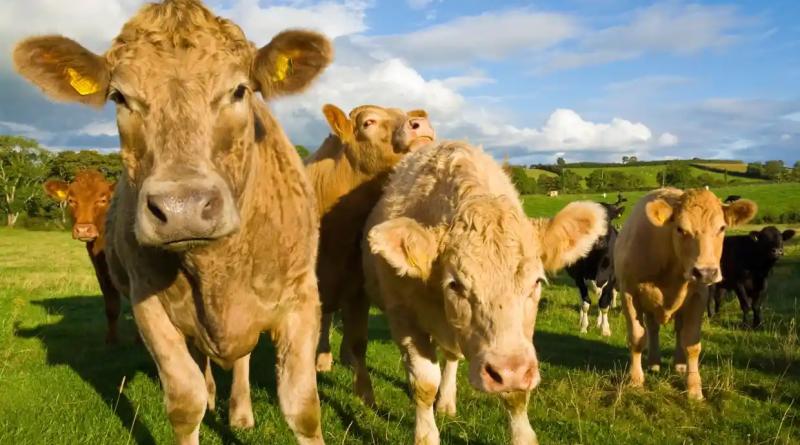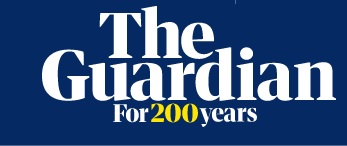EU on track to break pledge to cut methane emissions by 30%, warns report

Exclusive: ‘Policy vacuum’ on livestock emissions amid pressure from industry lobbyists blamed for failings
The EU is on track to break a promise to cut methane emissions by 30% by 2030 made due to a “policy vacuum” on livestock emissions, a report has warned.
Methane is the second biggest contributor to global heating after carbon dioxide, with a greenhouse gas impact at least 27 times worse than CO2 over a 100-year time span.
Most of Europe’s methane emissions come from agriculture – particularly livestock – but the EU has avoided using policy levers such as its €387bn common agricultural policy to directly tackle the problem, according to the report by the Changing Markets Foundation.
Nusa Urbancic, the campaigns director for the Changing Markets Foundation, said: “We’re in a climate emergency and cutting methane is the best short-term measure to slow the temperature increase. That is why we need urgent policy action to transform our food production systems. Our leaders must start listening to scientists instead of lobbyists, otherwise the EU won’t be able to meet the global methane pledge.”
Methane emissions rose by their highest ever amount to a new record last year, according to scientists at the National Oceanic and Atmospheric Observatory.
The gas is already responsible for about one-fifth of all global heating and the new study says that methane releases from animal farming in Europe now have the global heating power of 160 coal-fired power plants, measured over a 20-year period.
“It’s a big deal,” said Tim Searchinger, a senior research scholar at Princeton University and senior fellow at the World Resources Institute. “Enteric methane emissions [from cow burps and farts] alone would add at least 25% more to agricultural emissions by 2050, compared to 2010.”
Searchinger said the best ways to mitigate methane emissions would be to feed livestock more efficiently, use new feed additives which may reduce emissions, and cut down on beef consumption.
The EU set out legislative plans for reducing methane in a strategy outlined in 2020. But the new paper, which was co-authored with the Institute for European Environmental Studies, finds that the bloc is still failing to set dedicated methane targets for the livestock sector, or channel subsidies for methane cuts, forcing a reliance on loophole-ridden regulations which may hide agricultural emissions.
Cutting short-lived pollutants such as methane could reduce global heating by one half between 2030 and 2050, a recent study found. But without new measures, the EU’s methane output may only fall 17% by the end of the decade, the new report estimates.
The European Commission has itself admitted it will fail to meet the 2030 target – although it projects a 23% cut by then – in an internal document sent to EU states. That paper said cutting livestock emissions would be key to meeting the goal.
However, the new report says that “undue influence” from agri-industry lobbyists, who EU officials met three times more often than non-industry groups, watered down legislative initiatives that could have cut livestock emissions.
A spokesperson for the European Commission said: “EU methane emissions are already 36% below 1990 levels. Individual signatories will make different contributions to the global methane pledge depending on the makeup of their economies. The EU has an agriculture policy that focuses on the greening of the sector, including through the use of ambitious CAP strategic national plans. Agricultural methane emissions are harder to abate than methane from energy and waste, but the methane intensity of EU27 animal output steadily decreased from 2005 to 2020 and remains one of the lowest worldwide.”
COVER PHOTO: Methane is the second biggest contributor to global heating after CO2 with most of Europe’s methane emissions coming from livestock. Photograph: Bernard O’Kane/Alamy




